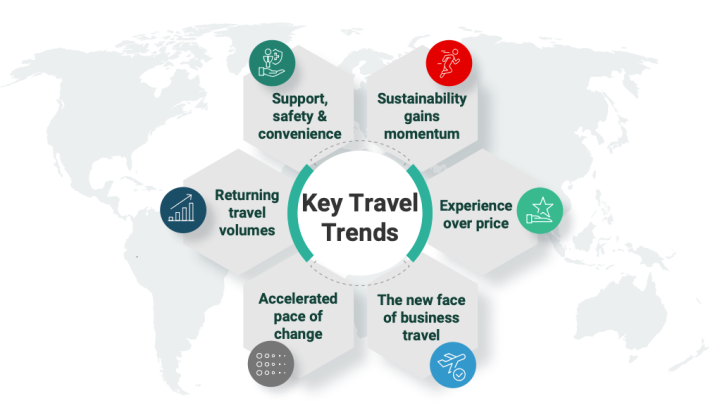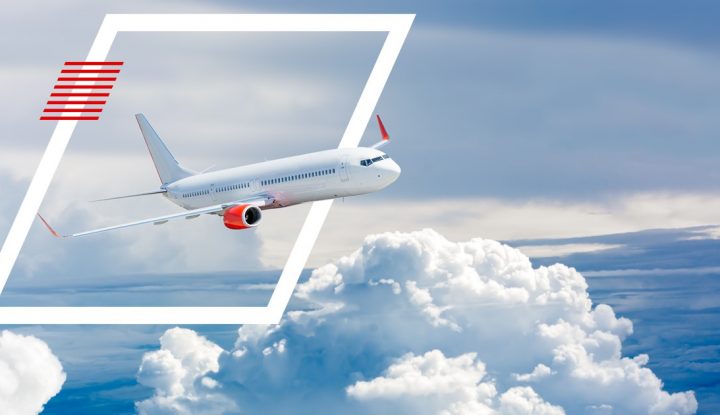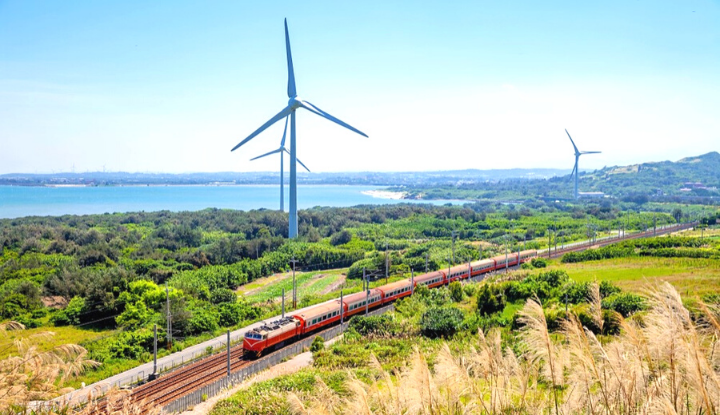Flight 100
Image credit: Virgin Atlantic
Virgin Atlantic Flight 100 flying from London to New York
November is a big month for clean aviation! Virgin Atlantic is running the world’s first transatlantic flight powered solely by sustainable aviation fuels, today. It took off at 11:50am from London Heathrow for New York JFK.
This is an important milestone – it demonstrates to the world that a greener way of flying is possible
However, there are huge supply and cost challenges to overcome before we can expect to see widespread use of sustainable jet fuels. Back in the early 2010s, IATA announced a goal to have 10% of the aviation industry running on SAF by 2017[1] … But fast-forward to 2023, and SAF makes up only 0.1% of jet fuel globally![2] We literally had millions of tonnes more work to do than we thought!
The UK government is one that’s getting behind SAF; today’s flight has been supported by government funding. In addition, it pledges that it’ll have under construction by 2025. At the Aviation Carbon event earlier this month, Aviation and Maritime Minister Baroness Vere promised that she will introduce a SAF mandate by 2025 that will commit to 10% of the country’s jet fuel coming from SAF by the end of the decade.Â
In the meantime, the Baroness told an audience of airline executives to “modernise their operations” to cut emissions fast… including via their technology. The journey to SAF will undoubtedly be long – and will require partnership, investment and talent from corporations, governments and investors. In the meantime, here are seven fun facts about SAF:
1. SAF is produced from more sustainable sources – including used cooking oil, agricultural waste, oils from plants and nuts, forestry and gas from steel mills.
2. SAF could reduce CO2 emissions by 80% compared to conventional jet fuels
Jet fuels made from fossil fuels add to the overall level of CO2 in the atmosphere by emitting carbon that had been previously locked away. In contrast, the feedstocks of SAF do not compete with food crops, nor require use of resources like water or land, and do not cause deforestation or biodiversity loss.
3. United Airlines is currently the world’s largest consumer of sustainable aviation fuels
The airline will have used 10 million gallons of sustainable aviation fuel in 2023 – about three times more than 2022 and 10 times more than in 2019. However, this still only accounts for 1% of its total fuel consumption!
4. More than 370,000 planes have flown using sustainable aviation fuels since 2016[3]
Many planes today use a hybrid mix of sustainable fuels with conventional fuels. If you travel a lot, chances are you’ve already flown on one!
5. More than 40 airlines and 13 major airports already use and supply SAF
This number is growing fast and the demand for SAF is growing, too.
6. SAF production tripled in 2022 to 300 million liters (240,000 tonnes)
As a result, the number of SAF producers is rapidly growing. IATA forecasts that, by 2030, we will be producing 30 billion liters (24 billion tonnes)!
And finally…
7. The first test flight using 100% SAF actually flew in 2008
Boeing and Virgin Atlantic teamed up to fly the first-ever biofuel-powered flight, a Boeing 747 from London to Amsterdam, on fuels blended in one engine derived from oil in Brazilian babassu nuts and coconuts.
This shows how long we’ve been trying to make SAF a reality… but it seems we’re finally turning a very sharp corner!
[1] Dirk Singer, Simpliflying, November 2023
[2] World Economic Forum, November 2020
[3] IATA, 2022
About the Author

Jessica Matthias, Global Director of Sustainability (ESG) at °ÄĂĹČýФČýÂë, has held roles of increasing responsibility in ESG and Global Communications for the past eight years.






